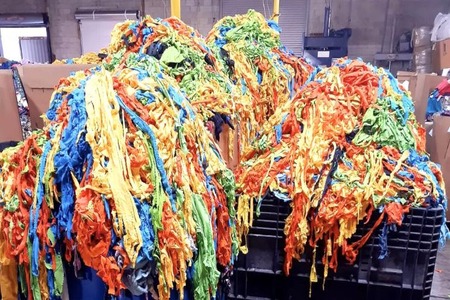
NIST develops textile database to boost recycling efficiency
YarnsandFibers News Bureau 2025-01-09 14:29:13 – USAThe US National Institute of Standards and Technology (NIST) has created a detailed database cataloging the unique molecular properties of various textile fibers. This tool aims to enhance the speed and accuracy of sorting processes at recycling facilities. Developed under the leadership of NIST research chemist Katarina Goodge, the database is accessible to the public through the NIST Public Data Repository.
Amanda Forster, a materials research engineer at NIST, stated that the new reference database could help optimize sorting systems and reduce the reliance on manual labor by enabling faster, automated sorting methods.
To improve sorting accuracy, NIST introduced the Near-Infrared Spectra of Origin-defined and Real-world Textiles (NIR-SORT) database. It includes spectral data for 64 types of fabrics, ranging from pure materials like cotton and polyester to blends with spandex and garments sourced from secondhand stores. NIR scanner manufacturers can use this database to refine their technology and improve sorting accuracy.
Katarina Goodge noted that differentiating similar fibers, such as cotton and hemp or cotton and polyester blends, remains a challenge. She emphasized that AI could enhance decision-making and minimize errors in these cases.
Market Intelligence
Ask for free sample Report

experience
Customer Base
dedicated team
Countries Served Worldwide









